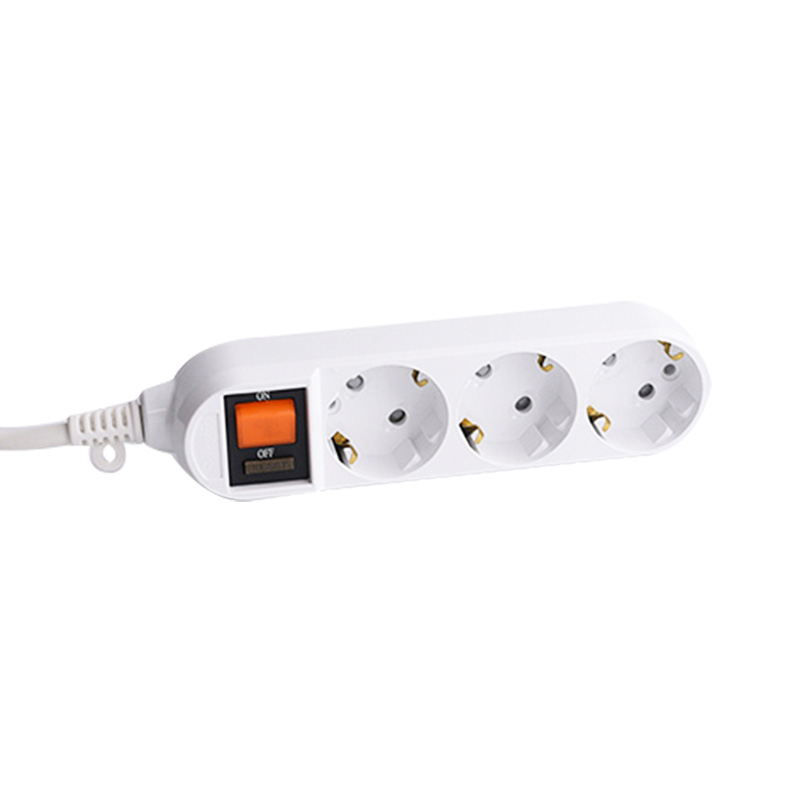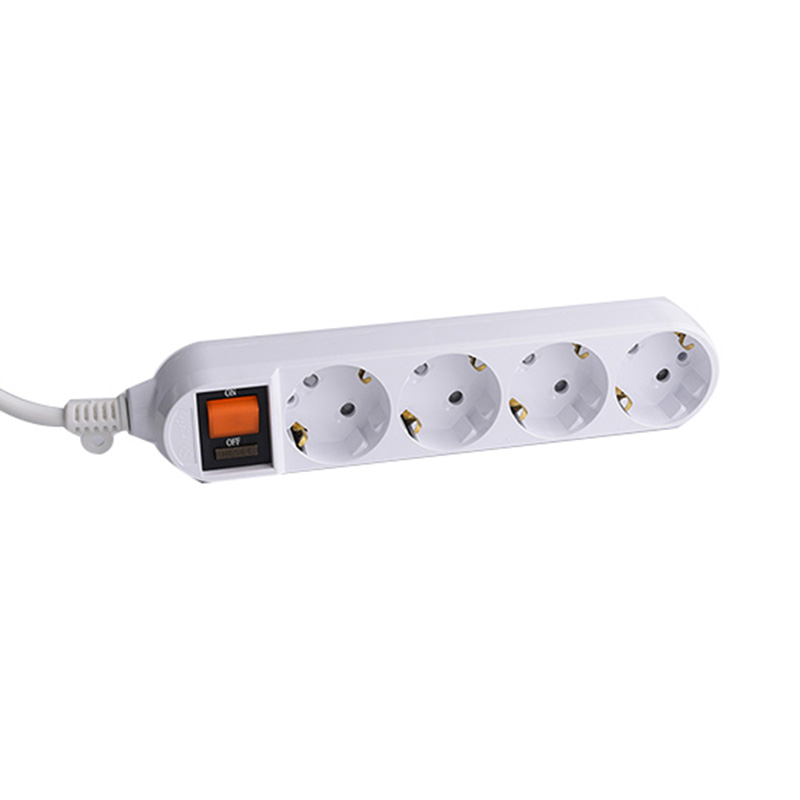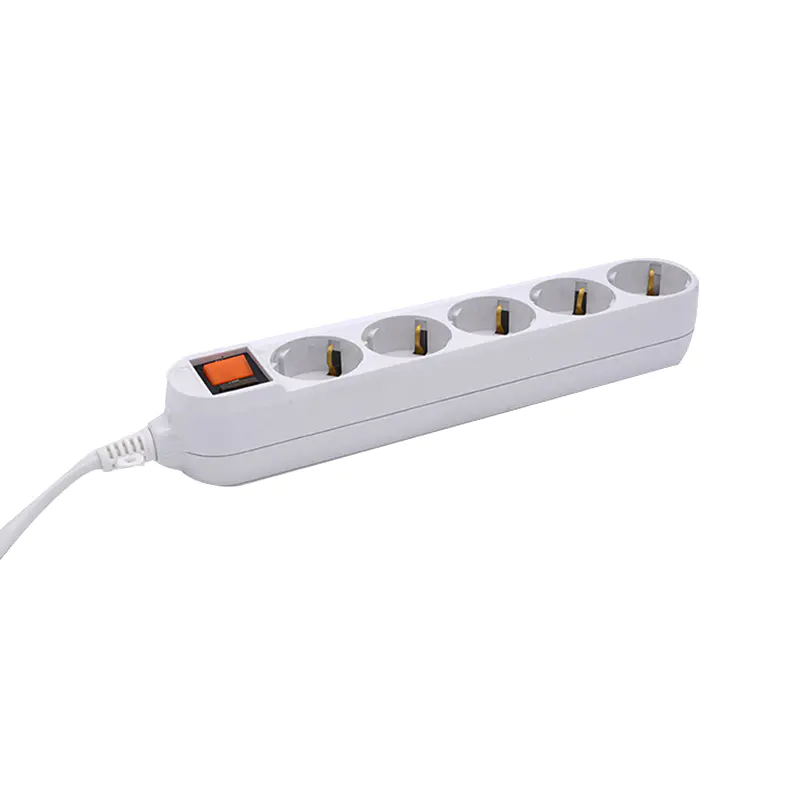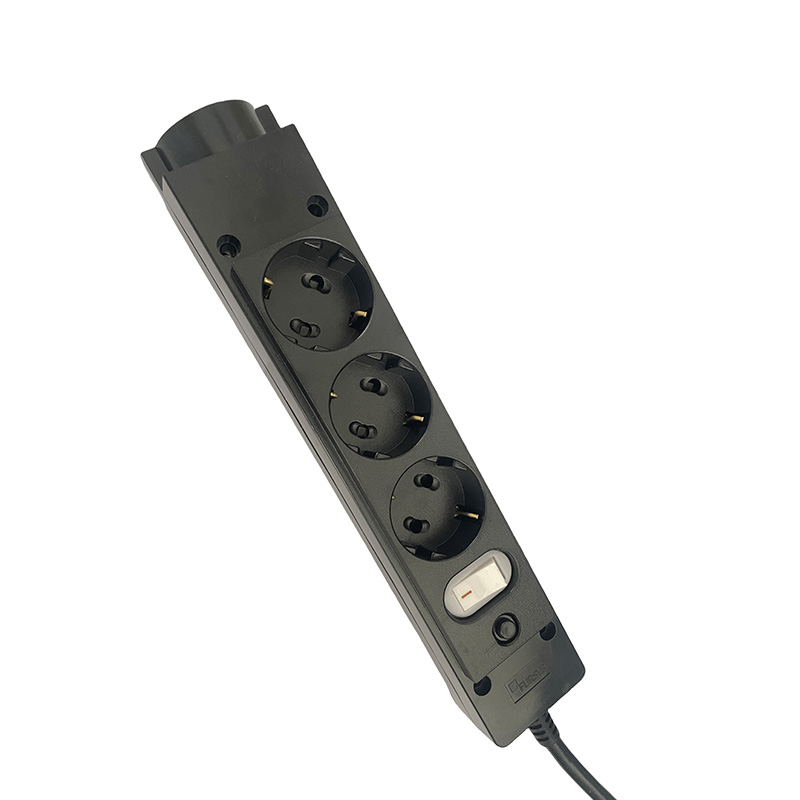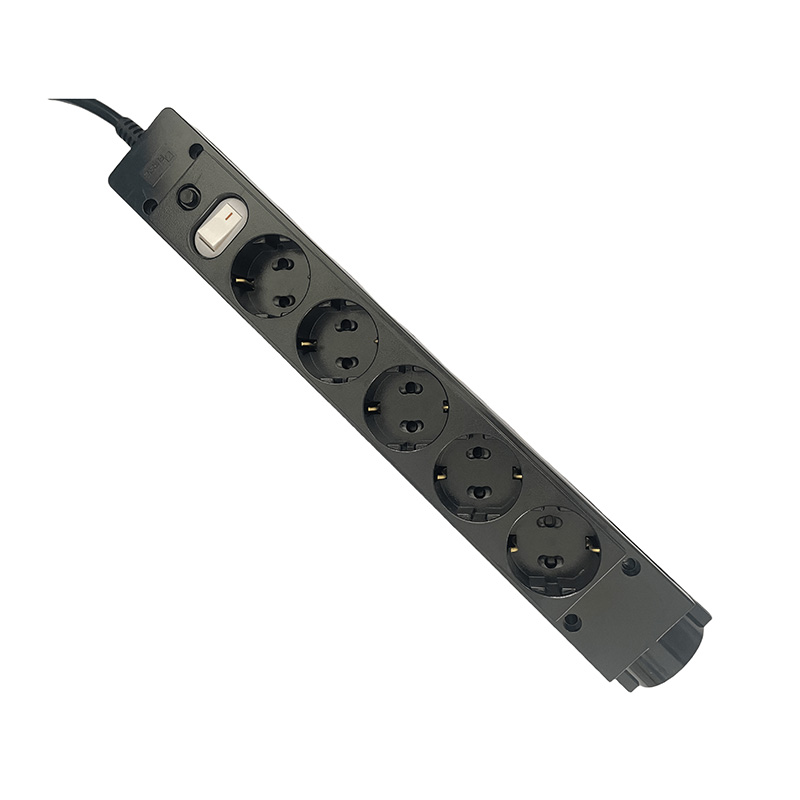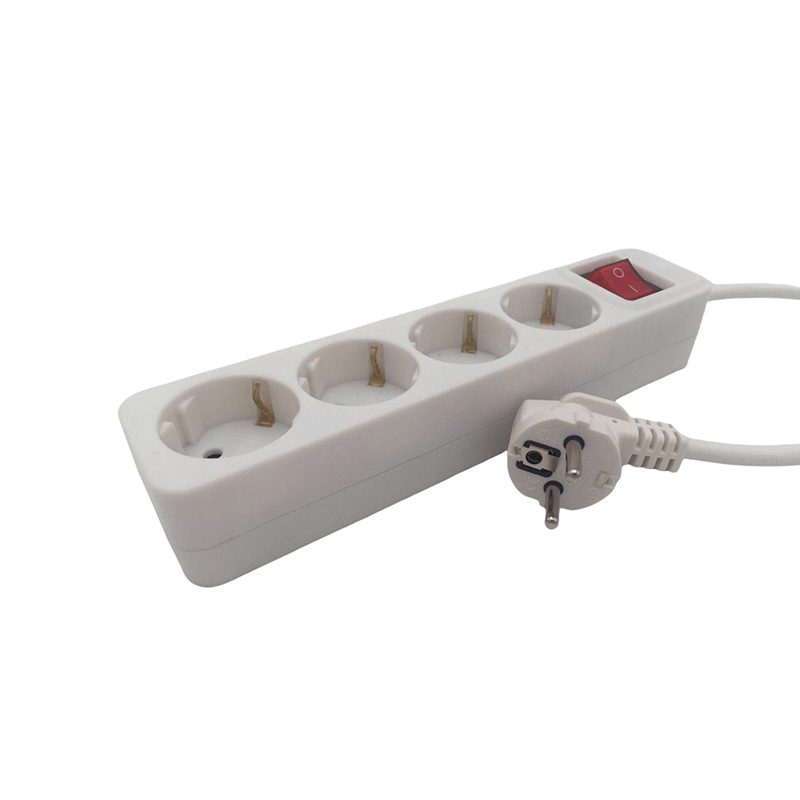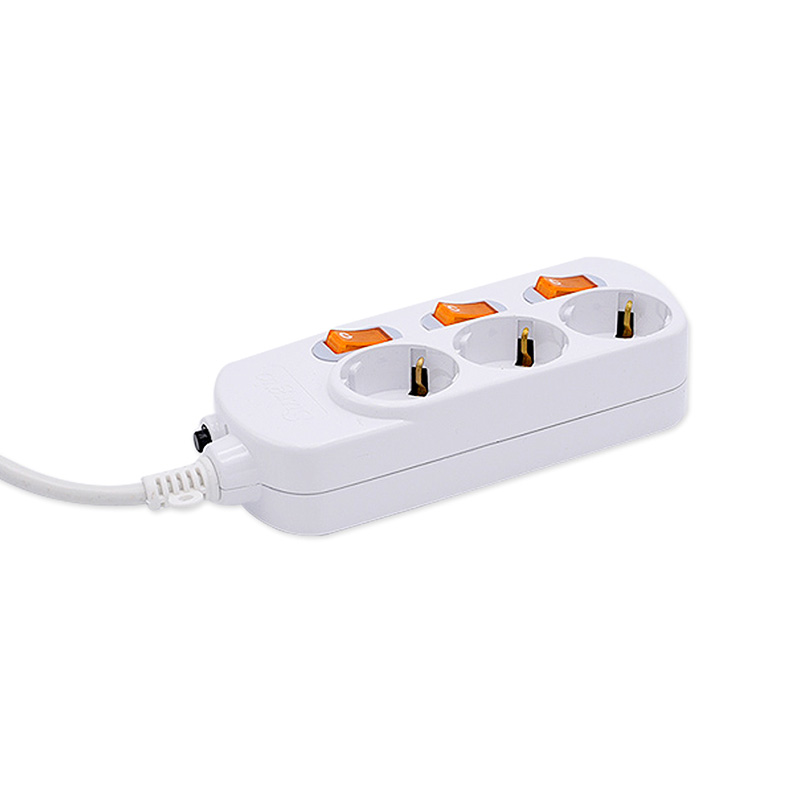Submit feedback
How does the cable reel structure design ensure stability under high load conditions?
 2025.05.01
2025.05.01
 Industry News
Industry News
In a high-load environment, the structural design of a cable reel needs to consider multiple factors to ensure its stability and durability. Here are some key design concepts and technical means to ensure that the cable reel can operate stably under high-load conditions:
1. Sturdy frame structure design
High-strength material: The frame of the cable reel is usually made of high-strength steel (such as carbon steel, alloy steel) or aluminum alloy, which can withstand large loads and stresses, ensuring that the frame is not easy to deform or break under high-load conditions. Alloy steel and stainless steel materials are not only high-strength, but also corrosion-resistant, making them suitable for use in harsh environments.
Structural reinforcement: In order to cope with high loads, the frame design of the cable reel will be reinforced. Common reinforcement methods include increasing its load-bearing capacity by adding reinforcement ribs (such as transverse and longitudinal reinforcement plates), thereby reducing deformation and damage under heavy loads.
Integral welded structure: The various parts of the cable reel are connected using integral welding technology, avoiding the use of connectors such as bolts, which can reduce loosening and damage to the connection points caused by vibration or impact under high loads.
2. Bearing and rotating part design
High-load bearings: The rotating parts of the cable reel (such as shafts, reels, etc.) use high-load bearings. These bearings need to have high load-bearing capacity and wear resistance to ensure that the reel can still run smoothly under long-term, high-load operation, reducing friction and heat.
Increase the shaft diameter and strengthen the bearing seat: The diameter design of the bearing seat and shaft needs to be enhanced according to the load requirements to avoid bending, deformation or wear due to excessive load. Large diameter shafts help to disperse the load and improve stability.
Sealing system: To prevent dust, dirt and moisture from entering the bearings and other key components, sealed bearings and waterproof dust covers are usually used in the design to ensure the long-term stability and reliability of the bearings and avoid the impact of external contamination on the stability of the structure.
3. Load balancing and tension control
Uniform load distribution: The design of the cable reel will take into account the uniform distribution of the load to avoid single-point overload. When designing the reel, the load can be evenly distributed on the entire reel by adding multiple support points or adopting a multi-level winding design.
Tension adjustment system: To prevent the cable from being damaged due to excessive tension, many cable reels are designed with tension adjustment systems to automatically adjust the tension of the cable according to the load conditions. This system not only protects the cable from excessive stretching, but also keeps the cable from knotting or excessive bending during the release process.
Automatic tension control: Some high-end cable reels are equipped with automatic tension control devices, which monitor the cable tension in real time through sensors and make automatic adjustments to ensure that the cable is not subjected to excessive or insufficient tension during operation.
4. Anti-vibration design and shock absorption
Anti-vibration design: Cable reels are often used on construction sites or in mobile environments, so anti-vibration design is crucial. Shock-absorbing pads, rubber coatings or spring buffer systems can be added to the design to reduce the impact of vibration on the reel and cable and reduce the risk of structural damage.

Impact absorption device: In some high-impact environments, impact absorption devices (such as rubber buffer pads or spring shock absorption devices) may be added to the structure of the cable reel. These devices can absorb energy under severe impact forces and reduce structural fatigue and damage.
5. Bearing and disc self-adjusting design
Self-adjusting disc: In order to cope with the irregular winding of cables under high load, some cable reels adopt self-adjusting disc design. This design uses elastic or hydraulic devices to enable the disc to automatically adjust, ensuring that the cable is evenly distributed during the winding process, avoiding cable entanglement or damage caused by heavy load.
Balance system: On some cable reels, a balance system is designed to help balance the center of gravity and load of the reel, ensuring that the cable reel always maintains a stable operating state under high-speed rotation or high load conditions, reducing tilt or vibration.
6. Protective design and adaptability to the use environment
Protective cover design: In order to ensure that the cable is not disturbed by external factors (such as dust, moisture, mechanical collision, etc.) under high load, the cable reel is usually designed with a protective cover or closed shell to protect the cable and its structure from damage by the external environment.
Anti-slip design: The support base of the cable reel usually has an anti-slip design, such as using rubber pads, steel foot pads or special base shapes to ensure the stability of the reel on the ground and avoid sliding or tipping during use.
Corrosion-resistant coating: Especially when used outdoors or in humid environments, the cable reel's anti-corrosion coating (such as spray polyurethane, epoxy resin, etc.) can effectively prevent salt spray, moisture, and chemical corrosion on the structure, extend its service life, and ensure its stability in harsh environments.
7. Optimize load bearing design
Dual-axis design: Some cable reels use a dual-axis design to support two different parts of the reel to improve the load-bearing capacity. This design can share the load on two axes, avoid excessive pressure on a single bearing, and enhance the stability of the structure.
Strengthen the internal structure: For high-load cable reels, the internal design may use a reinforced liner or a high-strength support frame to disperse external pressure by strengthening the internal support to avoid structural deformation of the cable under severe working conditions.
8. Regular maintenance and extended service life
Easy-to-maintain design: The design of the cable reel should take into account the maintenance and care after long-term high-load use. For example, by designing a detachable structure, lubrication ports, or replaceable bearings, operators can quickly inspect and replace them when wear occurs.
Preventive maintenance solutions: Some cable reels are equipped with fault detection systems that can sound alarms in situations such as overload and overtemperature, helping operators to adjust working conditions in a timely manner to avoid equipment failures caused by overload.
Through the above design and technical means, the cable reel can maintain its stability, load-bearing capacity and durability under high-load conditions, ensuring that the equipment can still operate smoothly under long-term and high-intensity working conditions, avoiding failures and damage caused by structural instability or excessive wear.
 TOP
TOP
 ENG
ENG
 English
English русский
русский 한국어
한국어 Deutsch
Deutsch

